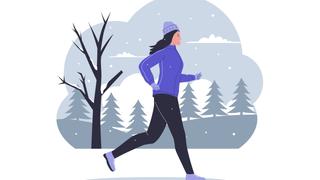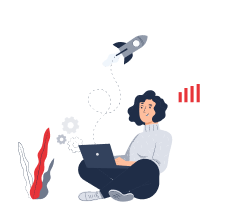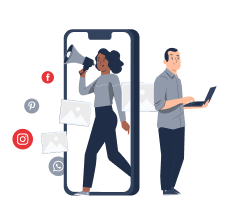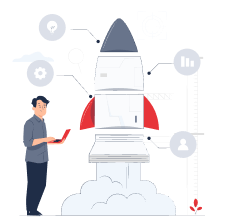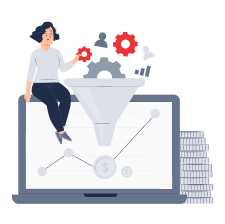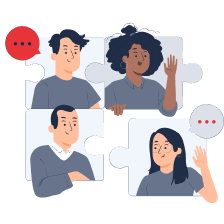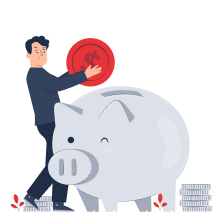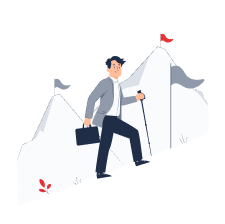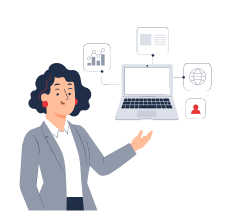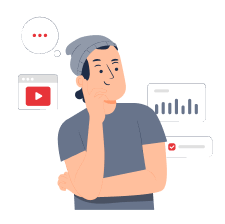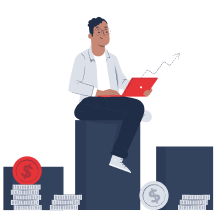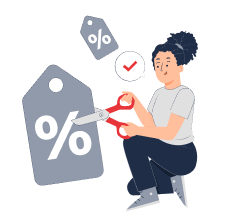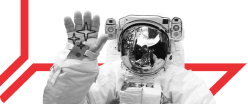Incentivized Traffic

What Is Incentivized Traffic?
Incentivized traffic refers to a method of attracting users by offering them bonuses or monetary rewards in exchange for performing a specific action. This can include actions such as clicking a link, registering on a site, writing a review, or any other activity that drives engagement. In other words, you motivate users to interact with your website, landing page, social media, or YouTube channel through rewards such as discounts, points, or even direct payments.
It's important to distinguish incentivized traffic from cashback traffic. Cashback occurs when a buyer receives a reimbursement for a portion of their purchase (e.g., $10 off a $200 product). In contrast, incentivized traffic refers to attracting users who haven't made a purchase but are instead rewarded for actions such as downloading an application, watching a video, liking a post, or subscribing to a newsletter.
How and Why It Works
The main goal of incentivized traffic is to improve a product's visibility in search results or rankings, particularly on platforms like Google Play (for Android) and the App Store (for iOS). It is an effective strategy for raising an application's rating or boosting its position in app stores. Incentivized traffic is especially beneficial for newcomers or those in highly competitive markets.
For instance, more than 100,000 new apps are released on Google Play each month, according to Statista, a German agency specializing in market data. With such a large volume of new apps, developers often need to use strategies like incentivized traffic to stand out. This traffic can help to attract users quickly by offering rewards in exchange for actions such as:
-
Registering on a website
-
Downloading an application
-
Completing a level in a game
-
Watching video ads
-
Liking, commenting on, or reposting content
-
Taking a survey
-
Subscribing to a channel or newsletter
The rewards users receive fall into two categories:
-
Material Rewards: Payment or virtual currency, such as game credits or discounts that can be used for products.
-
Intangible Rewards: Non-material benefits, such as access to exclusive content.
Incentivized traffic can be used across a variety of industries. For example, online language schools may offer access to a media library with lectures or movie reviews in the original language. Or marketplaces might provide discount coupons. However, incentivized traffic is less effective for sites that only offer paid subscriptions. It is most effective for promoting mobile apps, online games, new social networks, YouTube channels, and similar platforms. For instance, it's quite challenging to grow a new YouTube channel, drive activity on forums or social media groups, or boost a new game's ranking without an initial push. Here, incentivized traffic can help gather subscribers, increase engagement, or promote a website.
It's important to note that incentivized traffic is most effective at the launch phase. Over time, it becomes difficult to rely solely on paid actions and reactions, as this strategy is not sustainable in the long run.
Benefits of Incentivized Traffic

The advantages of this method of attracting users include:
-
Guaranteed and fast results: You literally buy the results, i.e., the actions of users, that you need;
-
Attracting users without much expense and effort: Unlike organic traffic, which comes from users who find your site through organic search results (without special SEM tools), incentivized traffic is easy to increase. You can "buy" motivated users in addition, which is especially critical for those who need a flow of visitors or users to promote their business.
In simple terms, incentivized traffic helps you promote a product by keywords, maintain top positions, adjust ratings, and increase your ratings. This tool is one of the most predictable in marketing, providing you with the necessary number of likes, downloads, and other target actions.
Disadvantages of Incentivized Traffic
However, the use of incentivized traffic often causes controversy in the professional community. This is because it is frequently abused in advertising campaigns, even though it doesn't attract consumers who are genuinely interested in the product. In other words, such target actions are usually one-time occurrences. Using incentivized traffic will not help you attract a real audience or buy its loyalty. Users who downloaded your application, completed a game level, liked a post, or registered on your site will stop performing actions as soon as you stop paying for them. So, among the disadvantages of incentivized traffic, there are two key issues:
-
Attracting a non-target audience: These are users who are not interested in the product and will not pay for it in the future.
-
Low level of user engagement: Most of the time, after downloading an application or performing other target actions, users will forget about it, delete the service, unsubscribe from mailings, and so on.
Thus, incentivized traffic will not lead to an increase in organic reach, more purchases in apps or on websites, customer retention, or an audience genuinely interested in the product. Incentivized traffic is typically used to form a "crowd" of subscribers on social networks and to promote apps by boosting frequent installations.
Therefore, this tool should not be used as the only or primary method of attracting an audience in advertising campaigns. It should be combined with other advertising strategies.
Sources of Incentivized Traffic
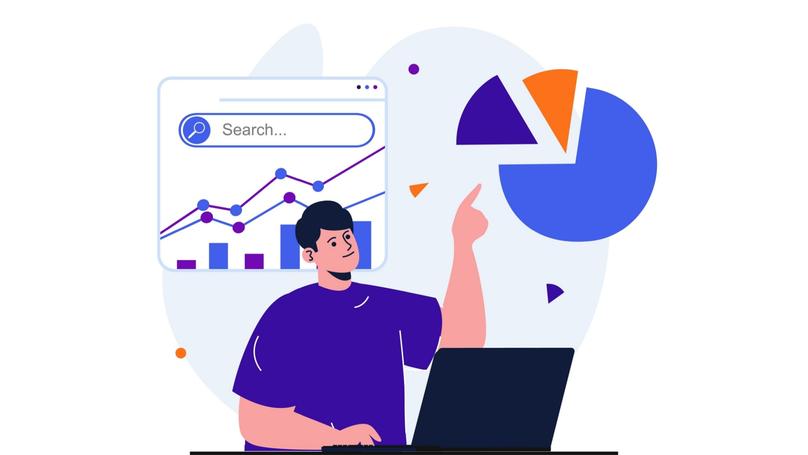
There are several platforms designed to find active users who are ready to perform target actions in exchange for rewards. For example, bux sites allow registered users to complete simple tasks for a monetary reward. To utilize these platforms, you simply need to write a clear guide for the users, detailing what actions they need to take.
When promoting a new app, for example, the Google Play and App Store platforms have specific criteria for ranking apps. The App Store primarily looks at the number of installations made from search results. Meanwhile, Google Play also factors in user engagement, like the number of app openings and the amount of time spent within the app. Based on these criteria, tasks for users need to be crafted to ensure optimal results.
After users perform the incentivized actions, they must send confirmation, and then payment (including a small commission for the intermediary platform) is made. One of the most common sites used for this is SEO Sprint.
In addition to bux sites, there are also specialized mobile application services where users perform similar incentivized actions for rewards. These services can help you promote new products within Google Play and the Apple Store. A popular service for incentivized traffic generation is Keyapp, where users can earn rewards by performing actions related to game upgrades or app promotions.
For larger companies, CPA affiliate networks are another option. In this model, advertisers seek traffic, and webmasters or arbitrators drive that traffic to the desired product, selling it to advertisers.
The network itself acts as an intermediary through which payment is made and which controls the entire process. It is slightly more complicated than on classic bux sites or in mobile application services. Here's how CPA networks work:
-
The advertiser creates their product (e.g., a mobile application). 20,000 downloads per day are required to bring it to the top of the Apple Store.
-
They register in a CPA network, offering compensation for specific actions (e.g., "We need 10,000 downloads per day and are willing to pay $30").
-
An arbitrator or webmaster accepts the offer and buys incentivized traffic from bux sites or other sources.
-
The advertiser verifies the completed actions and approves them through the CPA network.
-
The affiliate network processes the payment, transferring funds from the advertiser's account to the arbitrator's account, deducting a small commission.
This process is perfect for companies that are willing to pay a little extra for high-quality results without spending too much time or effort on the promotion.
What Incentives Attract Users?
Rewards for incentivized traffic can either be material (e.g., cash rewards or virtual currency) or non-material (e.g., access to exclusive content). The choice of incentives depends largely on the type of promotion and the target audience. For instance, if your goal is to increase site visits, views, likes, or reposts, offering real money is typically the most effective incentive. However, for the promotion of new online games or mobile apps, virtual incentives like points, bonuses, or in-game currency are more appealing. These rewards can range from unlocking special characters to gaining extra time or power-ups in the game. If users enjoy these rewards, they might continue using the app, and incentivized traffic can turn into targeted traffic.
When it comes to promoting applications, especially new apps, discounts or promotions tend to be less effective. These types of incentives should only be used for users who are already interested in the product. They help to push the customer over the line, so to speak, encouraging them to make a purchase.
However, if you're promoting a new marketplace, offering discounts, coupons, or product samples can be one of the most effective ways to incentivize users.
The Best Services for Getting Incentivized Traffic
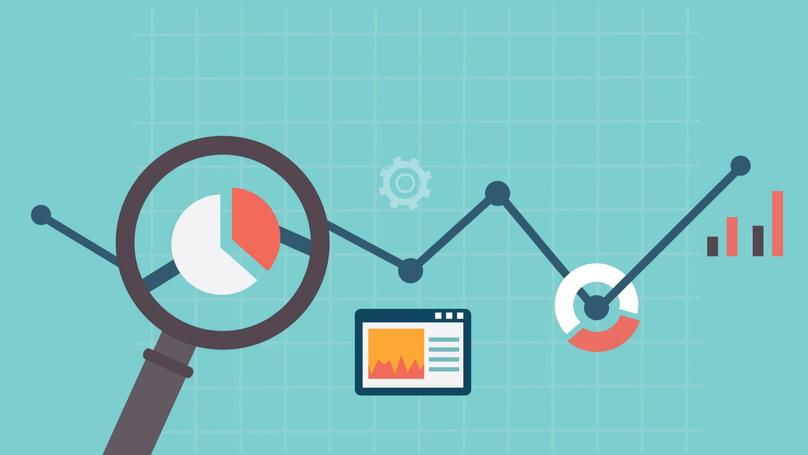
There are several popular platforms that specialize in generating incentivized traffic, where users perform simple actions in exchange for rewards. These services are useful for businesses looking to increase their visibility quickly and efficiently.
-
Swagbucks
Swagbucks is a platform where users complete simple tasks like watching ads, taking surveys, and signing up for websites, in exchange for points. These points can then be redeemed for real money or gift cards. Major companies like Hulu, Walmart, and Target have turned to Swagbucks to help attract users. -
AdGate
AdGate is another platform where users can log in, select tasks, and complete them in exchange for rewards. These tasks could include things like signing up for services, completing surveys, or downloading apps. -
AppNana
AppNana is an application that allows users to earn points by installing and using other apps. The points can be exchanged for gift cards or cash, making it a popular choice for incentivized traffic in mobile app promotions. -
Pepperjam
Pepperjam is a CPA network that specializes in attracting incentivized users for online stores. Users earn cashback or bonuses for purchases made through the platform. Large retailers like Macy's, Nordstrom, and Walmart use Pepperjam to drive incentivized traffic to their sites.
Examples of Incentivized Traffic
Incentivized traffic is often used by large companies to grow their customer base quickly. For example, the file-hosting service Dropbox uses a referral program to encourage users to invite their friends in exchange for additional cloud storage space. This incentivizes users to spread the word about the service, creating incentivized traffic. Similarly, Spotify offers users discounts or even a free month of subscription for referring friends. This kind of incentivized traffic helps Spotify grow its user base while rewarding loyal customers.
The global trading platform AliExpress also uses referral programs to bring in incentivized users. Social media platforms, especially TikTok, are key for attracting incentivized traffic. Bloggers and influencers use affiliate links to promote products, earning commissions for actions such as registrations or purchases. One of the most popular options on TikTok is promoting referral programs on the AliExpress platform. And some bloggers even create separate accounts dedicated to reviews of favorite products and brand advertising.
Coca-Cola uses CPA networks like Toluna, where users receive rewards for completing social surveys and participating in brand marketing research. This helps Coca-Cola engage with a wider audience through incentivized actions.
McDonald's runs promotions through its mobile app, where users earn rewards by completing specific actions, such as ordering food through the application. For example, users might receive a free burger or coffee after completing five qualifying orders.
Conclusion
Incentivized traffic is a quick, effective, and cost-efficient method for boosting the popularity of a new product or app. While this approach might not attract long-term, paying customers, it is excellent for getting initial attention and improving your product's ranking. You can legitimately purchase incentivized traffic through special exchanges, CPA networks, and other platforms. The rewards for users vary and can range from cash payments to in-game bonuses, discounts, or points.
It's important to remember that incentivized traffic is most effective during the early stages of promotion to help your product gain traction. While it can give you the push you need to get to the top of search rankings or app stores, sustained success requires a combination of strategies. Using incentivized traffic as a supplementary tool alongside other promotional efforts is key to maintaining long-term growth and attracting a loyal, paying audience.


